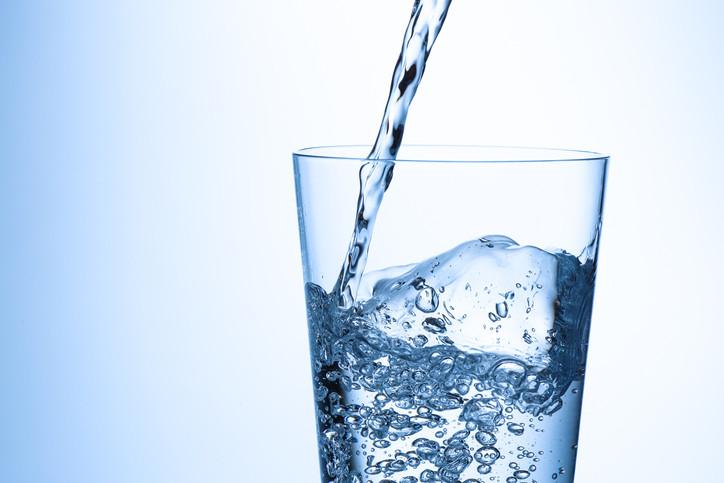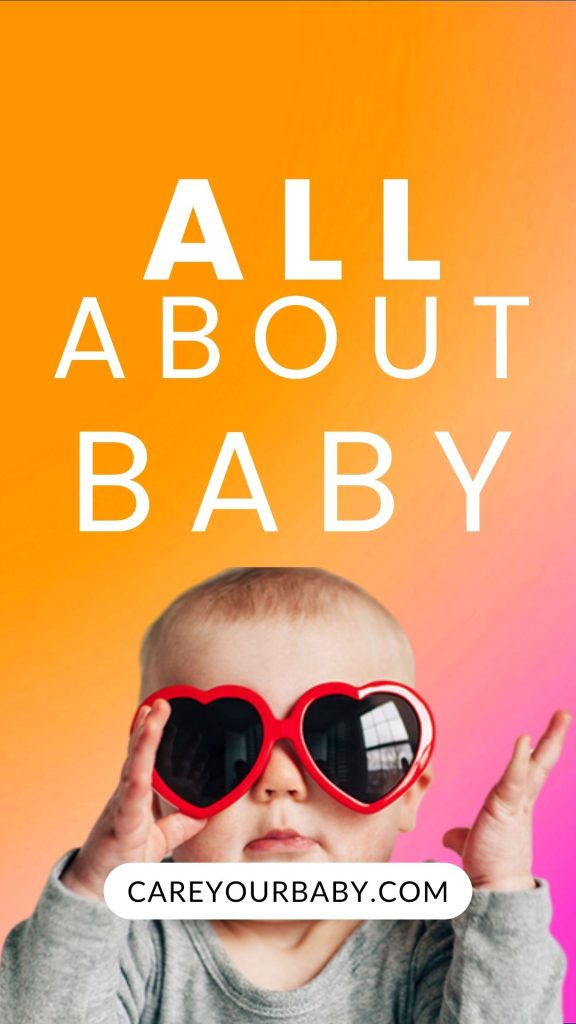In a world where communication knows no bounds, the art of sign language opens up new avenues of connection, especially for our littlest learners. As babies explore their surroundings and begin to express their needs, sign language provides a powerful toolkit for bridging the gap between their emerging thoughts and the words they are yet to articulate. One essential sign in this delightful journey is for “water,” a fundamental element that nourishes not just the body, but also curiosity and growth. In this article, we will delve into the nuances of how to convey the sign for water in baby sign language, offering parents and caregivers imperative skills to enrich communication and deepen their bond with their child. Join us as we explore this essential sign and illuminate the delightful world of early language learning.
Understanding the Basics of Baby Sign Language
Baby sign language is a powerful tool that enhances communication between infants and caregivers before they develop verbal skills. By introducing simple signs, you can help your baby express their needs and feelings, reducing frustration for both parties. One of the most universally useful signs you can teach your little one is the sign for **water**. This vital sign not only helps quench your baby’s thirst but also introduces them to the joy of communicating through gestures.
To create the sign for **water**, follow these simple steps:
- Start with your dominant hand.
- Form a ‘W’ by pressing your thumb down and extending your pinky and middle fingers.
- Then, gently tap your chin with the tips of your fingers.
Associating this sign with the act of drinking water can help your baby learn quickly. Consistent use during hydration moments will reinforce its meaning, paving the way for a richer, more responsive interaction between you and your baby as they begin to explore their world.
Key Benefits of Teaching Your Baby Sign Language
Teaching your baby sign language opens up a world of communication that can lead to many developmental advantages. **Research shows** that babies who learn to sign tend to experience reduced frustration and better emotional expressiveness, as they can convey their needs before they develop verbal skills. **Sign language can also enhance cognitive abilities**, as it encourages babies to think critically about the world around them. By introducing signs at an early age, you foster an environment that empowers your child to communicate effectively, thereby strengthening the parent-child bond.
Moreover, teaching your baby sign language promotes early literacy skills. **By associating signs with words**, you are introducing your little one to the concept of symbols representing meaning, a foundational principle in reading and writing. This form of communication not only aids in vocabulary development but also nurtures a love for language. Additionally, learning signs can be a fun and engaging activity for both you and your baby, providing a playful way to interact while exploring new ways to express thoughts and feelings.
Step-by-Step Guide to Signing Water
To begin mastering the essential sign for “water,” start by positioning your dominant hand in a basic letter ‘W’ shape. This involves using your thumb, index, and middle fingers, while keeping your ring and pinky fingers curled into your palm. Next, gently bring your hand to your mouth and then move it outward. This motion resembles taking a sip of water. It’s a simple yet effective gesture that clearly conveys the idea of water.
Here are some handy tips to assist you in teaching this sign:
- Consistency: Use the sign every time you mention water. Repetition helps reinforce recognition.
- Visual Cues: Pair the sign with actual water. Show a glass or bottle to create a strong connection.
- Encouragement: Prompt your child to imitate the sign during hydration moments, turning it into a fun game.
Tips for Incorporating Sign Language into Daily Life
Incorporating sign language into daily life can be a rewarding experience for both you and your child. Start by using basic signs during everyday routines. Here are some practical ideas to get you started:
- Mealtime: Sign “eat” or “more” during meals to help your child associate the word with the action.
- Playtime: Use signs like “play,” “toy,” and “help” while engaging in activities to enhance communication and understanding.
- Bedtime: Incorporate signs like “sleep” and “story” to create a calming bedtime routine.
Another effective method to integrate sign language is by creating visual cues around your home. Consider using a simple table for a quick reference guide with signs for common words and phrases. This will not only help with learning but will also promote a fun and interactive environment:
| Word | Sign |
|---|---|
| Water | |
| Milk | |
| More |
By consistently using signs in relevant contexts and creating visual reminders, you will foster an environment that embraces sign language, making it a natural part of communication in your household.
Q&A
Q&A: How to Say Water in Sign Baby Language: Essential Signs
Q1: What is Sign Baby Language?
A1: Sign Baby Language refers to a simplified form of American Sign Language (ASL) that is designed for infants and toddlers. It helps babies communicate their needs before they can speak. This method can promote language development and reduce frustration for both babies and parents.
Q2: Why is it important for babies to learn signs like “water”?
A2: Learning specific signs, such as “water,” helps babies express their needs and desires effectively. This early form of communication can help them articulate their wants, fostering independence and enhancing their overall developmental skills.
Q3: How do I sign “water”?
A3: To sign “water,” hold your dominant hand in a loose fist with your thumb extended. Position your fist near your chin and gently tap it against your chin. This mimics the idea of drinking and is easily recognizable for little ones.
Q4: At what age can I start teaching my baby signs?
A4: You can begin teaching your baby signs around 6 months of age. At this stage, babies are usually capable of understanding simple concepts and are more receptive to visual communication methods.
Q5: Can I use signs in addition to spoken words?
A5: Absolutely! In fact, pairing signs with spoken words reinforces the meaning and helps your baby make connections between the two modes of communication. For instance, when you say “water,” show them the sign simultaneously.
Q6: What are some other essential signs to teach alongside “water”?
A6: Along with “water,” you might consider teaching signs for “milk,” “more,” “eat,” and “all done.” These signs cover many of a baby’s basic needs and make everyday communication smoother.
Q7: How can I encourage my baby to use the sign?
A7: Consistency is key! Use the sign whenever you’re discussing water, such as during mealtime or bath time. Engage with your baby, encouraging them to imitate the sign through play and repetition. Positive reinforcement, like clapping or praising them when they attempt the sign, can also motivate them.
Q8: Are there resources available for learning more signs?
A8: Yes, there are plenty of resources available! Baby sign language books, online video tutorials, and parenting classes can provide visual guides and support as you embark on this exciting communicative journey with your little one.
Q9: What should I do if my baby doesn’t pick up the sign right away?
A9: Every baby develops at their own pace. If your baby isn’t picking up the sign immediately, remain patient and keep practicing. It often takes time for them to process and imitate new gestures. Celebrate their attempts, however small, to foster a positive learning environment.
Q10: Will my child be delayed in speaking if I teach them signs?
A10: Not at all! In fact, studies have shown that using signs can enhance language development. By providing your child with a way to communicate their needs without frustration, you may actually encourage them to develop their spoken language skills more quickly.
By incorporating signs like “water” into your daily interactions, you can create a rich, supportive communicative environment for your baby—one sign at a time!
Insights and Conclusions
mastering the sign for water in Baby Sign Language opens up a world of communication between you and your little one. By incorporating this essential sign into your daily interactions, you not only help your child express their needs and desires but also foster a deeper understanding and connection. As they grow and develop their language skills, the ability to convey simple concepts through signs will empower them and enhance their learning journey. Embrace this beautiful tool of communication, and witness the joy that comes from connecting with your baby in a whole new way. Happy signing!


